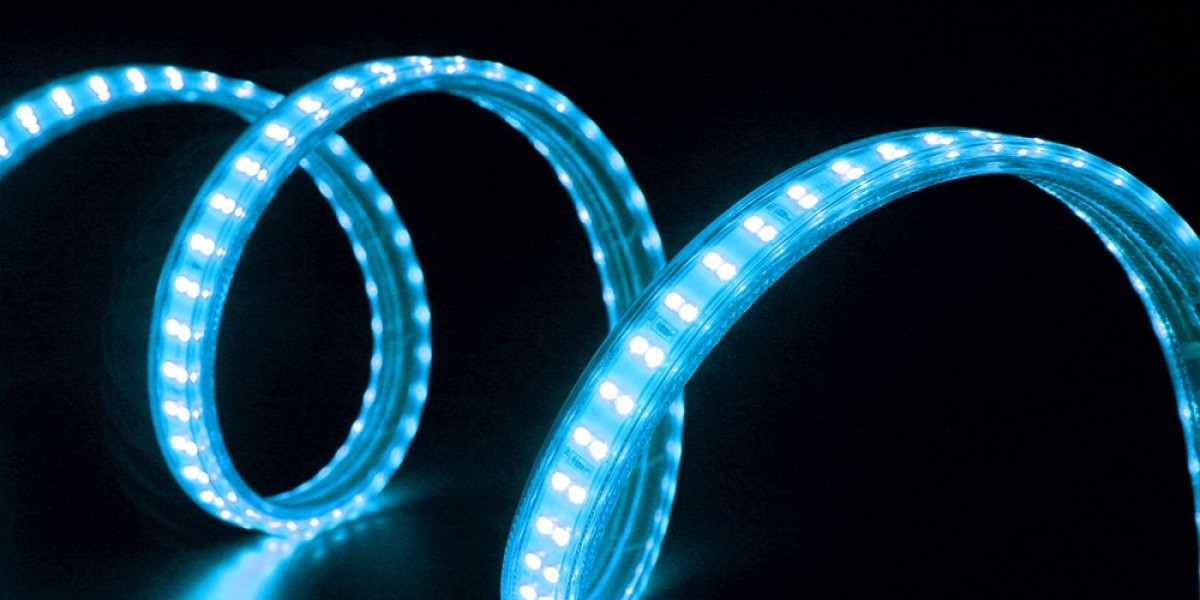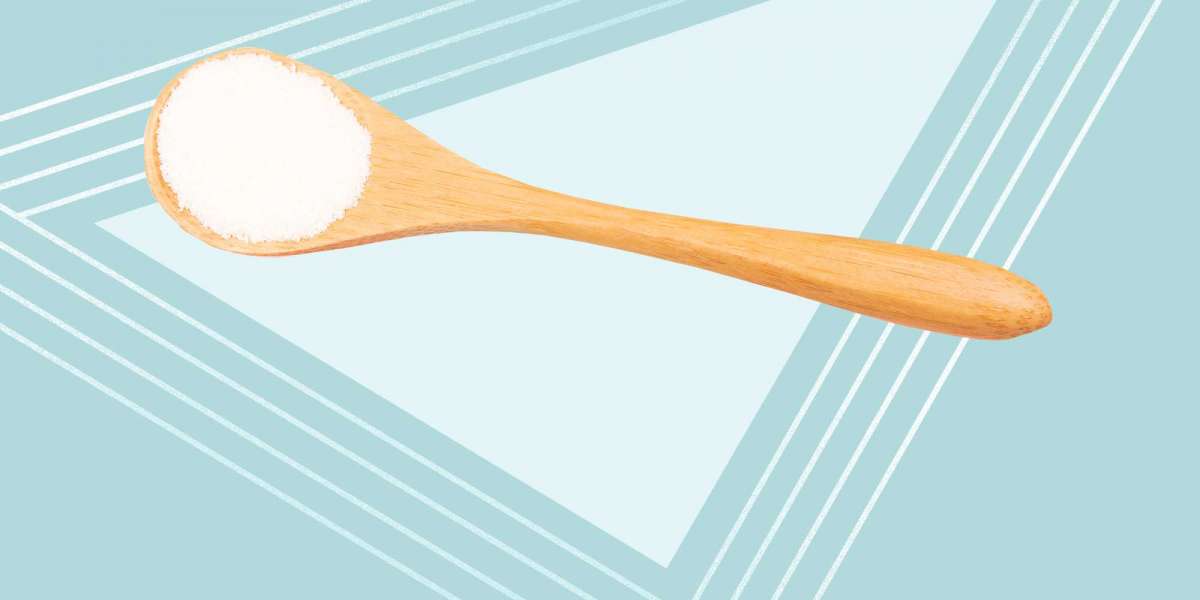>>> See More How to Use LED Strip Lights After Cutting
Required Tools and Materials
To hang LED lights without adhesive, you'll need the following tools and materials:
- LED lights
- Screws
- Anchors
- Screwdriver
- Drill (preferable)
- Hammer
Step-By-Step Guide To Hanging LED Lights Without Adhesive
Follow these steps to securely hang LED lights without using adhesive:
1. Identify the Desired Location for the Lights
Determine where you want to install your LED lights. Consider placing them behind objects like a headboard or a monitor for ambient lighting.
2. Measure and Mark the Location for the Screw
Measure the length of your LED light strips and mark the locations for screws accordingly. Ideally, one screw should be able to hold up 2 to 3 feet of LED strip lights. Ensure the screw locations are equally spaced.
3. Drill Holes in the Marked Locations
Using a power drill, make holes on the marked locations of your surface. If you don't have a power drill, a hammer and nail can be used as an alternative. The holes should be no deeper than an inch.
4. Install Anchors If Necessary
If needed, use anchors to enhance the grip of the screws in the wall. Push the anchors into the holes and use a hammer if necessary. If you're using nails, you can disregard this step.
5. Apply the Screws
Using a screwdriver or a drill, slowly insert and rotate the screws until they are firmly secured in the wall.
6. Attach the Lights to the Screws or Hooks
To hang the LED light strips, you can wedge them above the screws or loop the strip around the screw. If you're using nails, bend them in a way that they act as hooks and hang the strips from the nails.
7. Test the Lights and Make Any Necessary Adjustments
Turn on the lights to ensure they are functioning properly. Adjust the position of the strips if needed.
>>> See More Key Differences Between Strip Light Vs Rope Light
Alternative Methods for Hanging LED Lights Without Adhesive
In addition to the method described above, there are other ways to hang LED lights without adhesive. Here are two alternative methods:
1. Using Wire or String
Required Materials:
- Wire or string
- LED strip lights
- Hammer (optional)
- Nails (optional)
Step-by-Step Process:
- Identify the beginning and end points for your LED strip lights.
- Tie a string to the beginning point and pull it tightly to the end point, tying it up there. If there are no objects to tie the string to, consider hammering in a nail and tying the string to the nail.
- Carefully wrap the LED strip around the string, ensuring not to wrap it tightly.
- Test the lights to ensure they are working properly.
2. Using Magnets
Required Materials:
- Metal surface (optional)
- Screws (optional)
- Small magnets
- LED strip lights
Step-by-Step Process:
- Determine if your surface is suitable for magnets. If it is, place magnets wherever you want to hang the LED strips. Alternatively, drill metallic screws and place the magnets on them.
- Carefully place the LED light strips on top of the metallic surface or right on the screws, ensuring there are no tight bends in the strip.
- Position the magnets so that the LED strip is between the magnet and the metal surface/screws. The magnet's attraction to the metal will keep the LED strip in place.
- Test the lights to ensure they are working properly.
3. Using Hooks or Clips
Required Materials:
- Hooks or clips
- Screws
- Screwdriver
- LED light strips
Step-by-Step Process:
- Mark the desired locations for the LED strip lights.
- Purchase hooks or clips specifically designed for LED strip lights. These hooks come with screws and grooves or extensions to accommodate the LED strips.
- Screw the hooks into the marked locations, making sure not to screw them all the way in to allow for easy insertion of the LED strip lights.
- Feed the LED strip lights through the grooves in the hooks, ensuring the hooks do not pinch or twist any part of the strip.
- Test the lights to ensure they are working properly.
>>> See More Bright Ideas: Exploring the World of LED Lights








